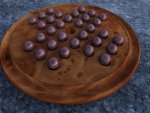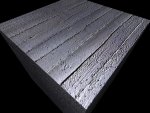texture tutorial...
there's a nice texturing tut by Cristobal Vila ( he's pretty damn hot...)
http://www.etereaestudios.com/training_img/solitario/solitario_es_01.htm
It's in spanish but you'll get the jist...have a look
It inspired me...to do a quick test
Regards
Luke
there's a nice texturing tut by Cristobal Vila ( he's pretty damn hot...)
http://www.etereaestudios.com/training_img/solitario/solitario_es_01.htm
It's in spanish but you'll get the jist...have a look
It inspired me...to do a quick test
Regards
Luke




